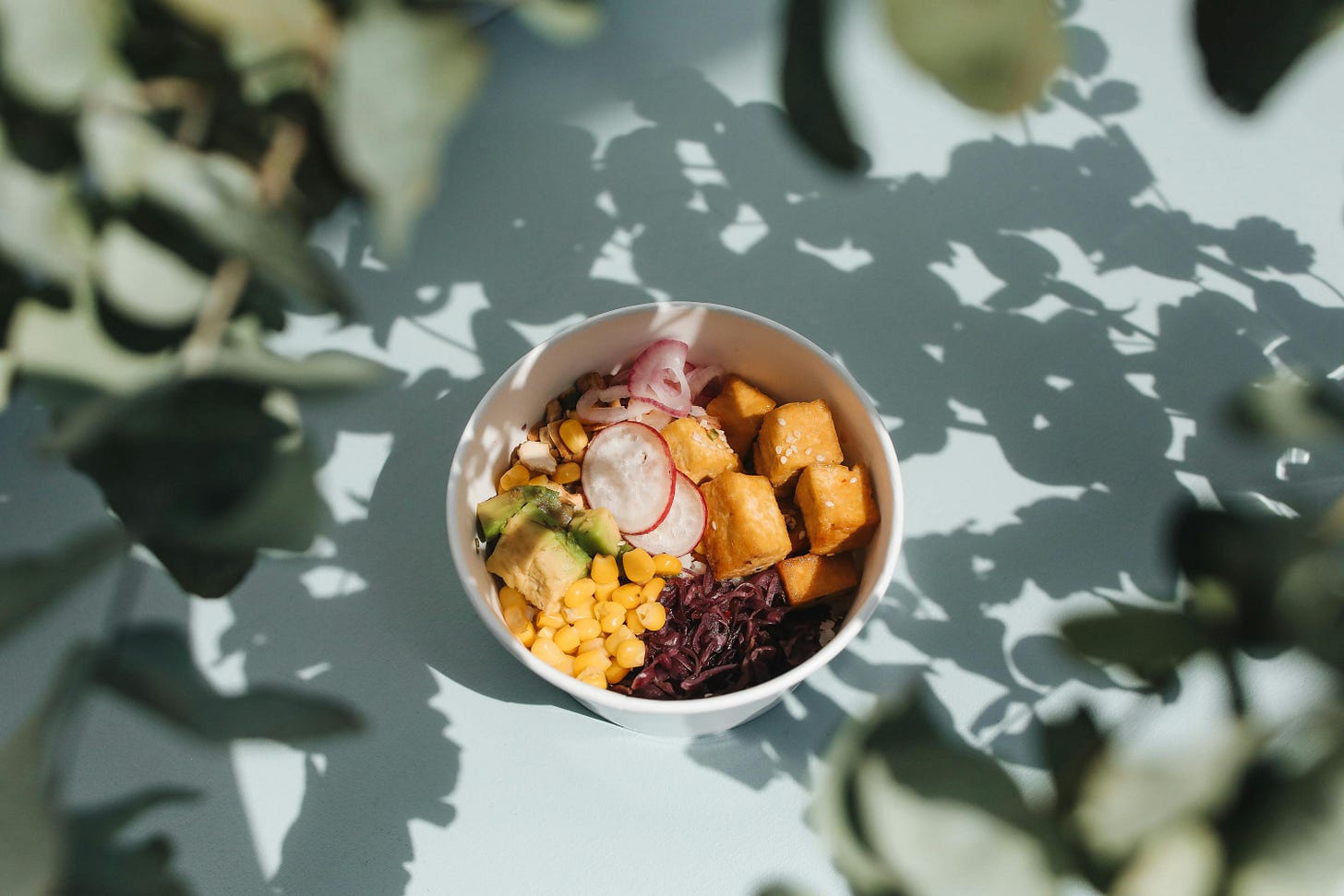Everyone's Talking About Fiber
In your Instagram feed, it’s fiber-based smoothies.
In your favorite podcast, it’s gut health and the microbiome.
Even your biohacking friend won’t shut up about prebiotics.
Suddenly, fiber is the main character in the wellness story.
But here’s the question we’re asking: Is our fiber obsession science-backed or just another superfood spiral?
Let’s break down what fiber actually does in the body, who benefits most, and why more isn’t always better.
What Is Fiber, Really?
Fiber is a type of carbohydrate your body can’t digest. Unlike sugar or starch, it passes through your system mostly intact. But along the way, it does some incredible work:
Feeds your gut microbiome (especially soluble fiber)
Bulks up your stool and supports regularity
Slows glucose absorption to balance blood sugar
Promotes satiety to regulate appetite and body weight
Binds toxins and excess hormones for elimination
There are two main types:
Soluble fiber (think oats, chia seeds, apples) – forms a gel-like substance in your gut, feeds healthy bacteria
Insoluble fiber (think kale stems, flaxseeds, whole grains) – adds bulk and helps “move things along”
Most natural foods contain both.
Our modern diet is low in fiber. And that’s a big deal.
The average European eats around 15–20g/day, while guidelines suggest 30–40g/day for optimal health. And emerging science suggests we may need even more to support our microbiome diversity and reduce chronic disease risk.
Studies now link high-fiber diets to:
✅ Lower risk of heart disease, stroke, and type 2 diabetes
✅ Improved cholesterol levels
✅ Healthier weight maintenance
✅ Better immune function
✅ Reduced inflammation
And then there’s the longevity link. In Blue Zones (the regions with the longest-living people on Earth), fiber-rich foods like legumes, greens, and root vegetables are daily staples.
Can You Overdo Fiber?
Surprisingly, yes.
If you’ve ever added too much fiber too fast, you know the symptoms:
Bloating, gas, cramps, constipation, or even diarrhea.
Your microbiome needs time to adapt. And if your water intake is low or your digestive health is compromised: too much fiber can backfire.
"Fiber is food for your microbes but you need the right microbes to begin with."
Naia Live
Fiber is essential, but obsessing over it, or treating it like a magic bullet, misses the point.
True health is not just about adding more of something. It’s about balance.
You don’t need 50g of fiber a day if your digestion can’t handle it. You need a sustainable rhythm of plants, hydration, movement, and stress resilience.
Our Approach to Smart Fiber
Here’s how we guide our community:
1. Eat the rainbow
Aim for 30+ different plant foods per week (fruits, veg, legumes, seeds). It builds microbial diversity more effectively than any powder.
2. Hydrate with purpose
Fiber needs water to work. Think: 1.5–2.5L/day minimum, more if active or using supplements.
3. Support your nervous system
Gut motility is impacted by stress. Breathwork and movement help keep things flowing.
4. Go slow
If adding fiber, increase gradually. Try ground flax, chia, or a warm lentil stew, not just cold raw salads.
5. Track how you feel
Gas? Energy dip? Mood swings? Your body is the best biofeedback device. Listen closely.
Conclusion
Is fiber essential? Yes.
Is it a cure-all? No.
Should you obsess over grams, types, and timing? Probably not.
Instead, build your fiber intake from a place of curiosity and car. Food should be a source of freedom, not fixation.
With health and love,
Miral & Adam
Team Naia



